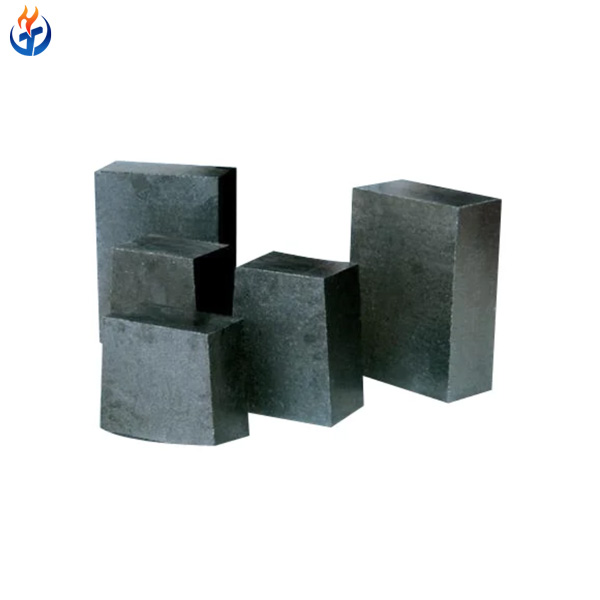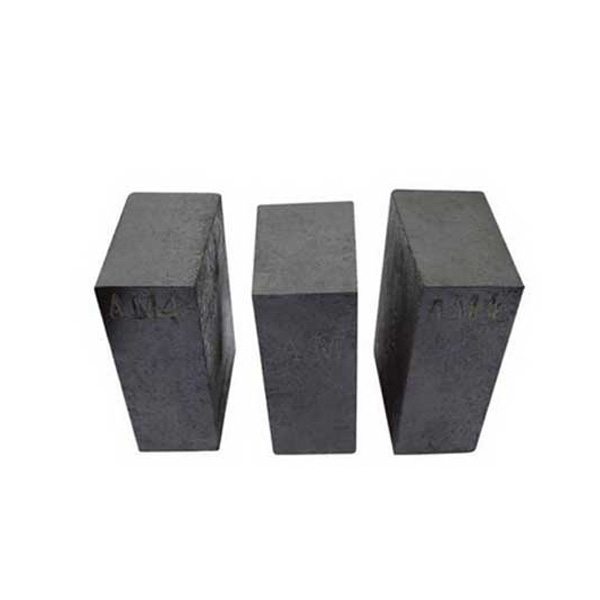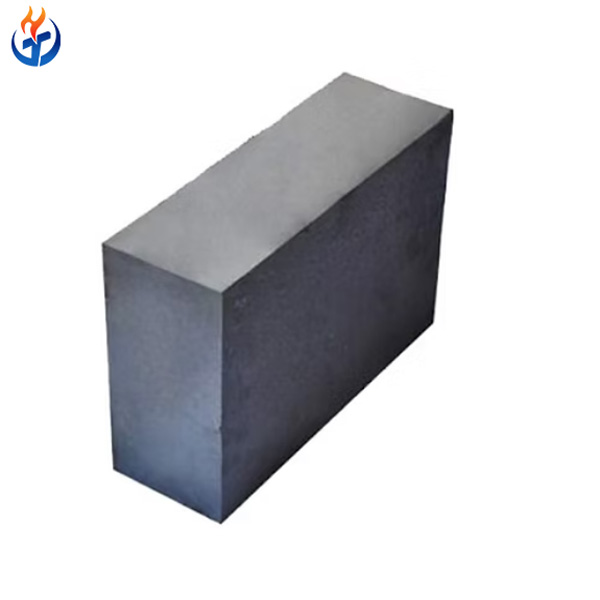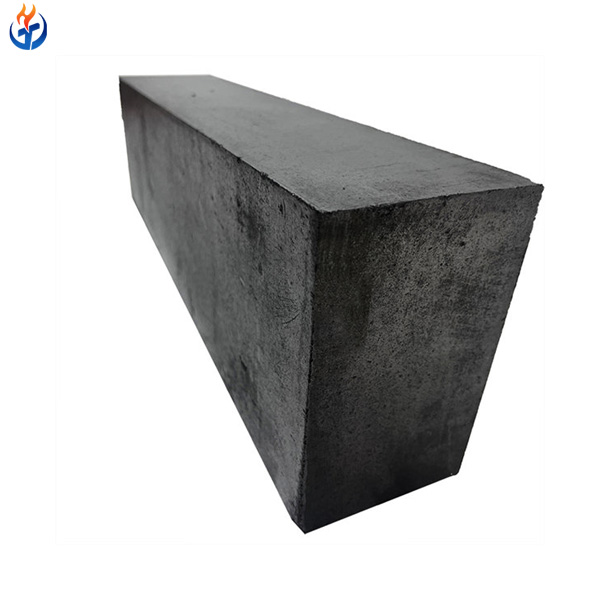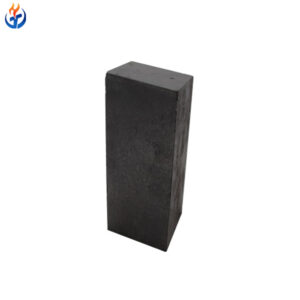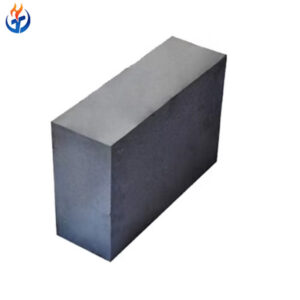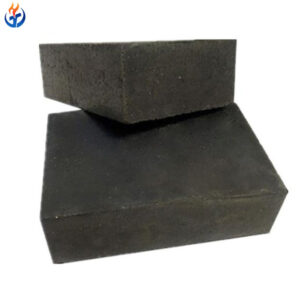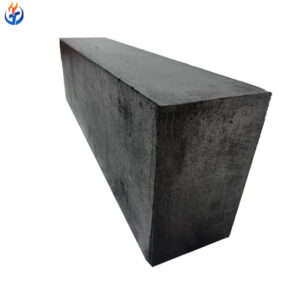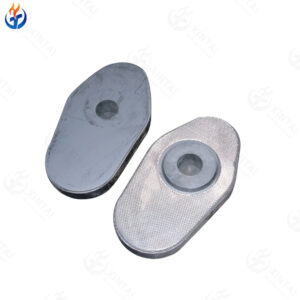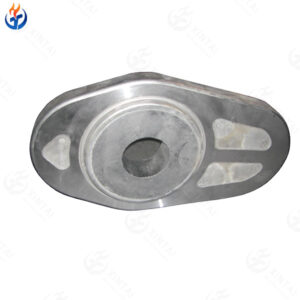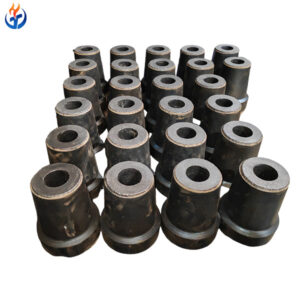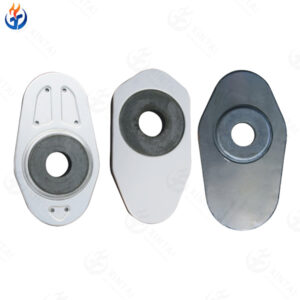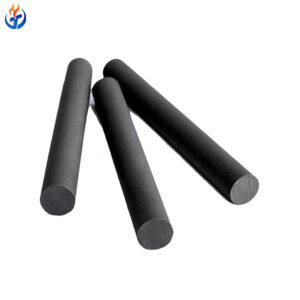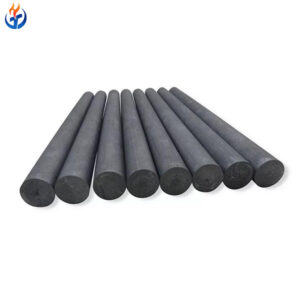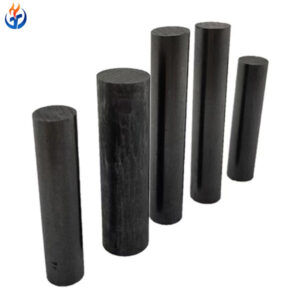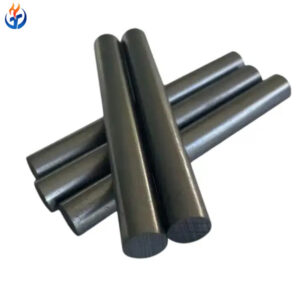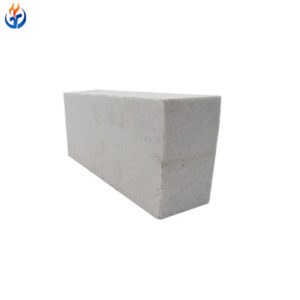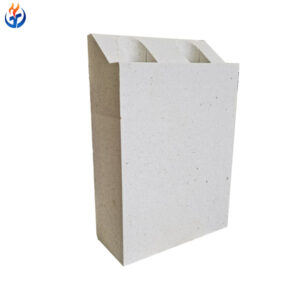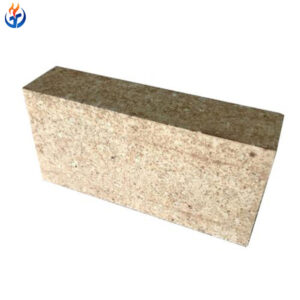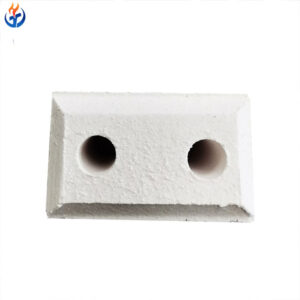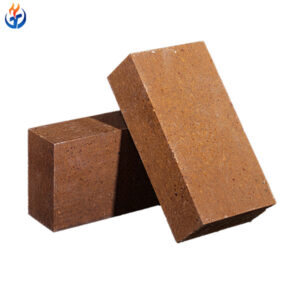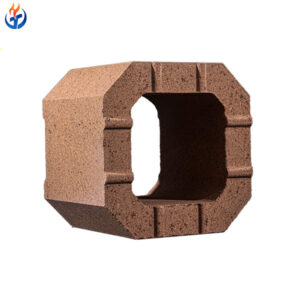High Purity Magnesia Carbon Brick for Steel Ladle Lining is a premium refractory product designed to meet the rigorous demands of steel ladle applications. Made with high-purity fused magnesia and high-grade flake graphite, the brick exhibits excellent resistance to high temperatures, oxidation, and thermal shock. Its superior thermal conductivity and corrosion resistance make it ideal for lining ladles that operate under extreme conditions.
This magnesia carbon brick is specially engineered for long service life and reduced energy loss, helping to enhance operational efficiency in steelmaking. Its composition is carefully controlled to ensure high purity, low impurity content, and stable performance under continuous use.
Technical Specifications
| Item | MgO, % (≥) | C, % (≥) | Apparent Porosity, % (≤) | Bulk Density, g/cm³ (≥) | Cold Crushing Strength, MPa (≥) |
|---|---|---|---|---|---|
| MT-8A | 82 | 8 | 4.5 | 3.05 | 45 |
| MT-8B | 81 | 8 | 5.0 | 3.00 | 45 |
| MT-10A | 80 | 10 | 4.0 | 3.02 | 40 |
| MT-10B | 79 | 10 | 4.5 | 2.97 | 40 |
| MT-12A | 78 | 12 | 4.0 | 2.97 | 40 |
| MT-12B | 77 | 12 | 4.0 | 2.94 | 35 |
| MT-14A | 76 | 14 | 3.5 | 2.95 | 38 |
| MT-14B | 74 | 14 | 3.5 | 2.90 | 35 |
| MT-16A | 74 | 16 | 3.5 | 2.92 | 35 |
| MT-16B | 72 | 16 | 3.5 | 2.87 | 35 |
| MT-18A | 72 | 18 | 3.0 | 2.89 | 35 |
| MT-18B | 70 | 18 | 3.5 | 2.84 | 30 |
Key Features
High Purity Raw Materials
Manufactured using premium-grade fused magnesia (MgO ≥ 97%) and high-purity graphite to ensure excellent thermal resistance and structural stability.Superior Thermal Shock Resistance
Withstands extreme temperature fluctuations during ladle operations, minimizing the risk of cracking or spalling.Excellent Corrosion Resistance
Provides strong resistance against slag and steel erosion, extending the service life of the ladle lining.High Mechanical Strength
Maintains structural integrity under high load and impact conditions, reducing damage during ladle rotation or tapping.Low Thermal Expansion
Stable dimensional performance reduces deformation risk under high-temperature cycles.Optimized Carbon Content
Balanced carbon ratio enhances oxidation resistance and improves brick longevity in demanding steelmaking environments.Customizable Size and Composition
Can be tailored according to specific ladle configurations and steelmaking processes for optimal performance.
Typical Applications
Working Lining of Steel Ladles
Used as the primary refractory material in the working layer of ladles due to its excellent resistance to molten steel and slag attack.Ladle Bottom and Side Walls
Ideal for high-wear zones such as the bottom impact area and side walls where thermal shock and mechanical stress are most intense.Slag Line Area
Especially suited for the slag line region, where corrosion from basic slag is most aggressive. The high purity and carbon content improve longevity.Desulfurization and Alloying Zones
Performs well in areas exposed to chemical additives during secondary refining, maintaining integrity against aggressive chemical reactions.Vacuum Degassing Ladles (VD/VOD)
Used in ladles undergoing vacuum degassing processes where temperature resistance and structural stability are critical.Steel Foundries and Integrated Steel Plants
Widely applied in large-scale steel plants and specialized foundries that require high performance and consistent refractory life in ladle operations.
Production Details
Our Customized Magnesia Carbon Bricks are manufactured using high-quality raw materials, primarily premium-grade magnesia (MgO) and carbon additives, which ensure excellent resistance to slag corrosion, thermal shock, and mechanical wear. The production process involves:
Raw Material Selection: Carefully sourced to guarantee purity and consistent quality of MgO and carbon components.
Mixing & Forming: Precise proportions of magnesia and carbon are mixed, followed by shaping through advanced pressing or extrusion methods to achieve uniform density and structural integrity.
Firing & Graphitization: The shaped bricks undergo high-temperature firing and graphitization processes to enhance bonding strength and thermal stability.
Quality Control: Rigorous inspections at each stage, including chemical composition testing, physical property measurements, and visual checks to ensure bricks meet or exceed industrial standards.
Customization: We tailor brick sizes, shapes, and carbon content according to client specifications, optimizing performance for specific furnace environments.
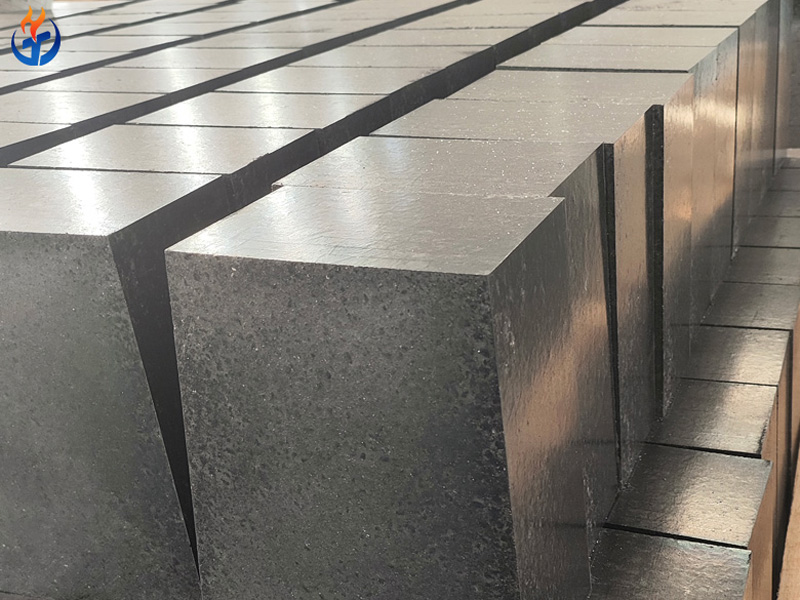
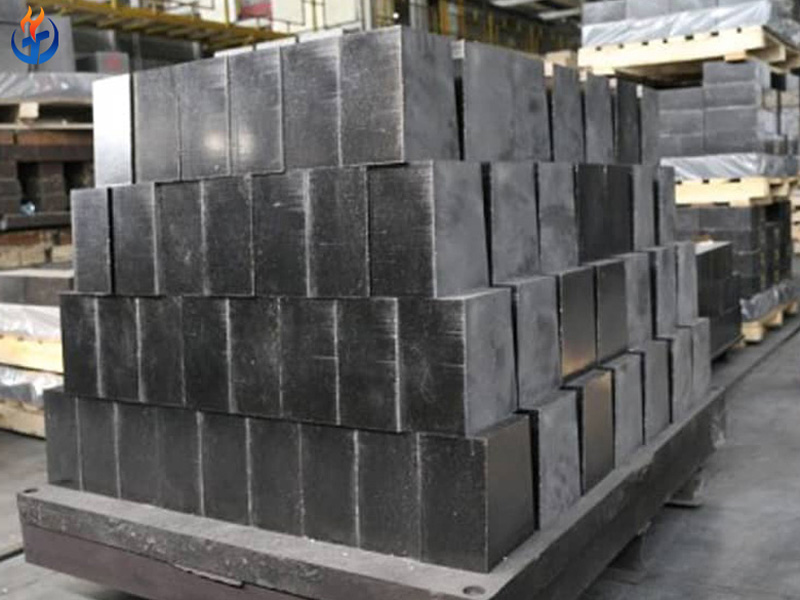
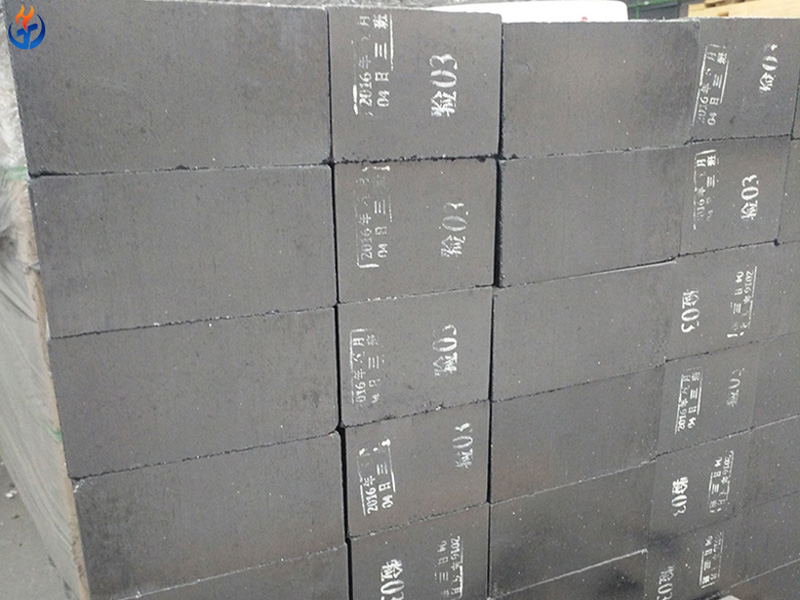
Packing and Shipping Details
Packaging:
Each batch of magnesia carbon bricks is carefully packed on fumigation-free wooden pallets or in sturdy crates. The bricks are securely stacked and wrapped with waterproof film to protect against moisture and dust during transit. Steel straps reinforce the packaging to prevent shifting or damage.Shipping Methods:
We offer flexible shipping options tailored to customer needs, including sea freight, air freight, and express courier services. Shipping routes and logistics are optimized to ensure timely and safe delivery worldwide.
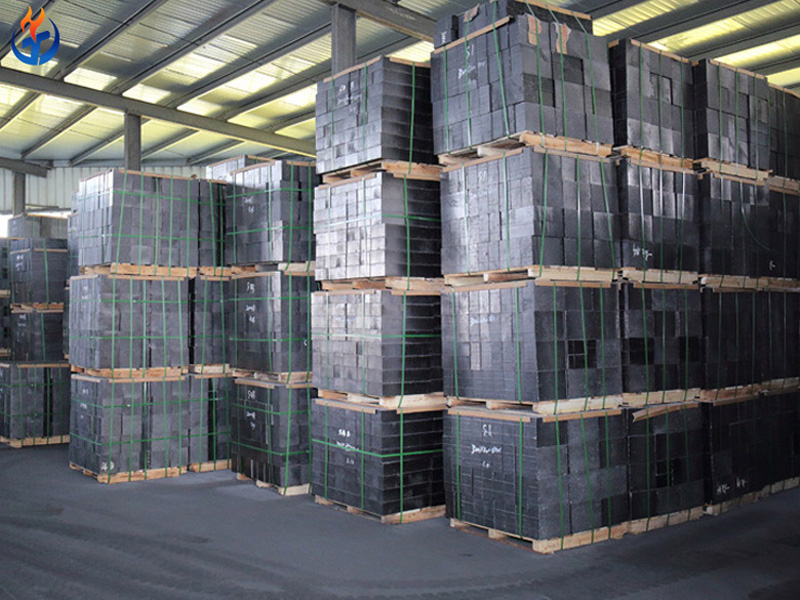
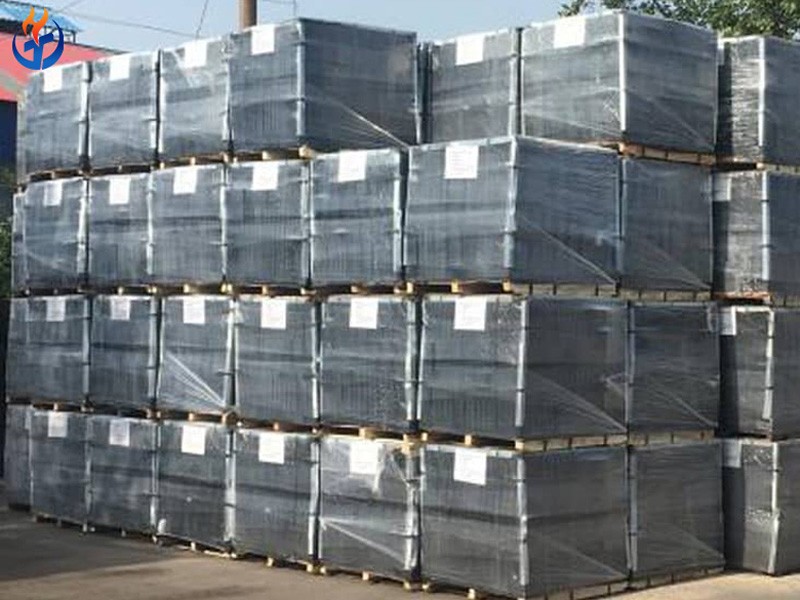
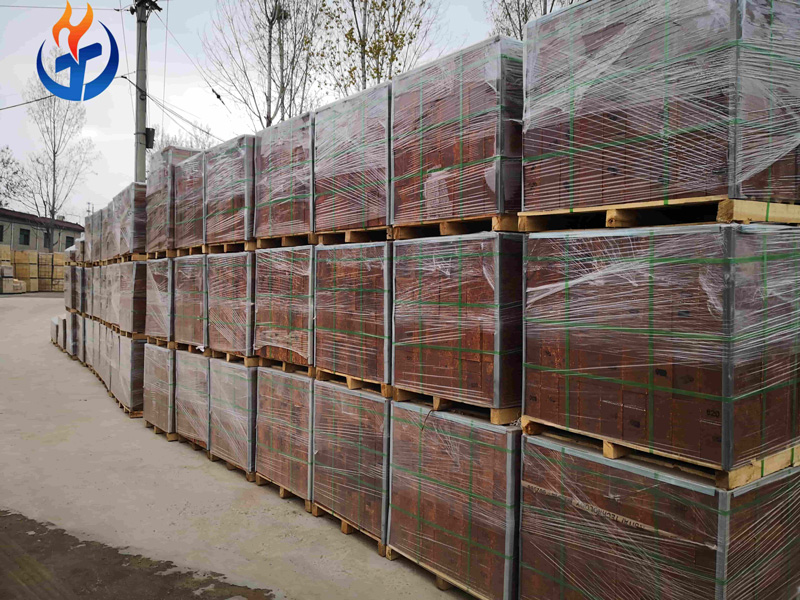
Frequently Asked Questions (FAQ)
Q1: What is the typical chemical composition of customized magnesia carbon bricks?
Our magnesia carbon bricks typically contain MgO content between 70% and 82%, and carbon content ranging from 5% to 18%, tailored to specific application needs.
Q2: Can you produce magnesia carbon bricks in custom sizes and shapes?
Yes, we offer full customization of sizes, shapes, and formulations to meet the unique requirements of your industrial furnace lining.
Q3. What industries commonly use magnesia carbon bricks?
These bricks are widely used in steelmaking (electric arc furnace, ladle linings), non-ferrous metallurgy, cement kilns, and other high-temperature industrial furnaces.
Q4: How resistant are these bricks to thermal shock and corrosion?
Due to their high-quality magnesia and carbon composition, these bricks have excellent thermal shock resistance and corrosion resistance against acidic and basic slags.
Q5: What is the maximum operating temperature for these bricks?
Our magnesia carbon bricks can typically withstand service temperatures up to 1750°C.

